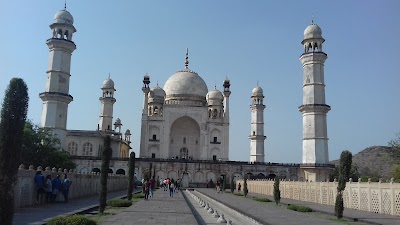
Discover Incredible Places in Aurangabad
Explore our handpicked collection of breathtaking destinations across India
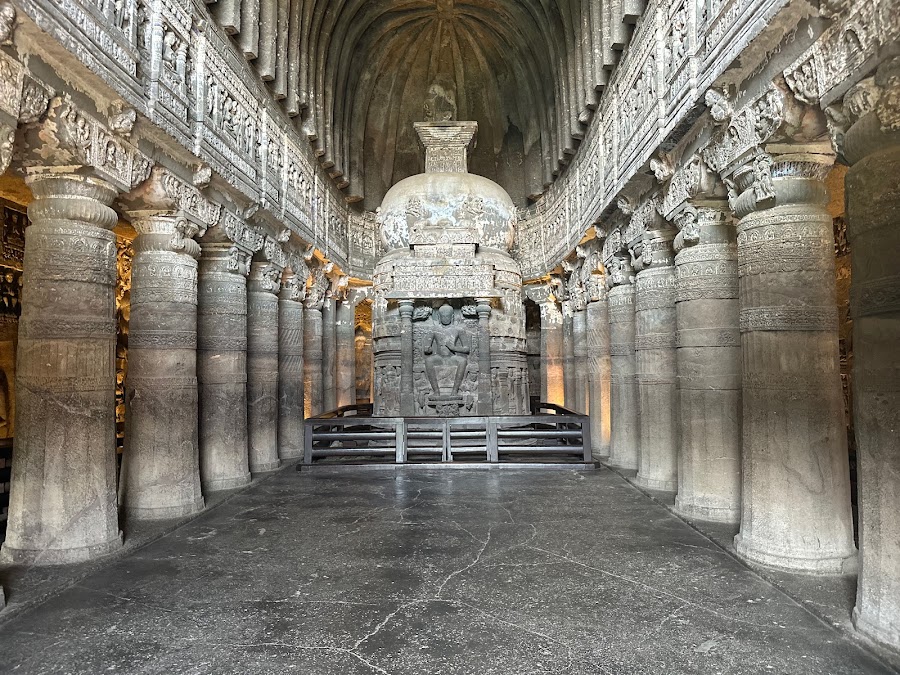
Ajanta Caves
The Ajanta Caves are a UNESCO World Heritage site and a mesmerizing collection of 30 rock-cut Buddhist cave monuments dating back to the 2nd century BCE to about 480 CE. Nestled in the Sahyadri hills, the caves feature exquisite paintings and sculptures depicting the Jataka tales and the life of Buddha. The vibrant murals, executed in the tempera technique, showcase the artistic mastery of ancient Indian artisans. Each cave offers a unique glimpse into the rich cultural and religious heritage of the time. Prepare to be transported back in time as you explore these magnificent caves, a testament to human creativity and devotion. The caves provide a serene atmosphere, allowing for contemplation and appreciation of the intricate details of the artwork. It's a must-visit destination for art lovers, history buffs, and anyone seeking a spiritual experience.
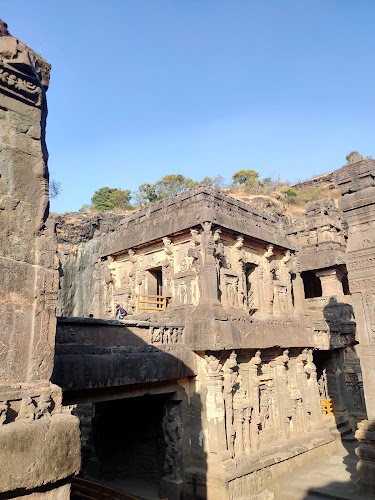
Ellora Caves
Ellora Caves, a UNESCO World Heritage site, represent the epitome of Indian rock-cut architecture. Carved out of the Charanandri hills, the 34 caves comprise Buddhist, Hindu, and Jain temples and monasteries, showcasing religious harmony prevalent in ancient India. The caves, dating back to the 6th to 10th centuries AD, are adorned with intricate carvings and sculptures depicting deities, mythological figures, and scenes from various religious texts. The most famous, Cave 16 (Kailasa Temple), is an astounding monolithic structure carved from a single rock, a testament to the exceptional craftsmanship of the artisans. Visiting Ellora is a journey through art, religion, and history, offering a glimpse into India's rich cultural heritage. Explore the diverse cave complexes and marvel at the artistic brilliance that continues to inspire awe and wonder.
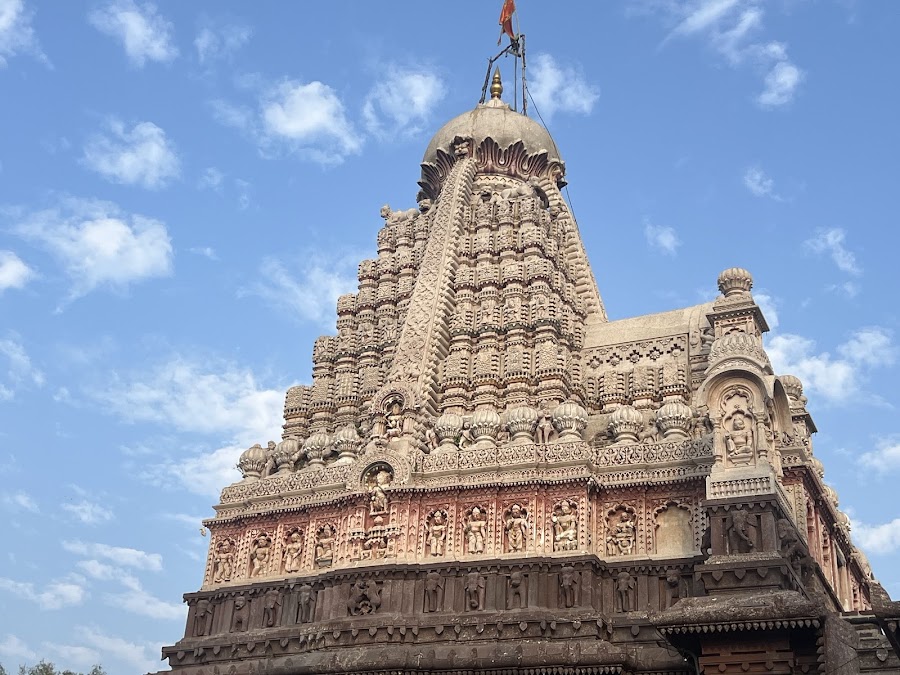
Grishneshwar Temple
Grishneshwar Temple, also known as Ghushmeshwar Temple, is one of the twelve Jyotirlinga shrines dedicated to Lord Shiva. Located near the Ellora Caves, a UNESCO World Heritage site, it holds immense religious significance for Hindus. The temple's architecture reflects a blend of pre-historic and modern styles, with intricate carvings and a serene atmosphere. Pilgrims and tourists alike are drawn to its spiritual aura and the opportunity to offer prayers to Lord Shiva. The temple complex includes a large courtyard and a Nandi bull statue. Visiting Grishneshwar Temple offers a deeply enriching experience, connecting one to the divine and the rich cultural heritage of India. Photography is restricted inside the main temple.
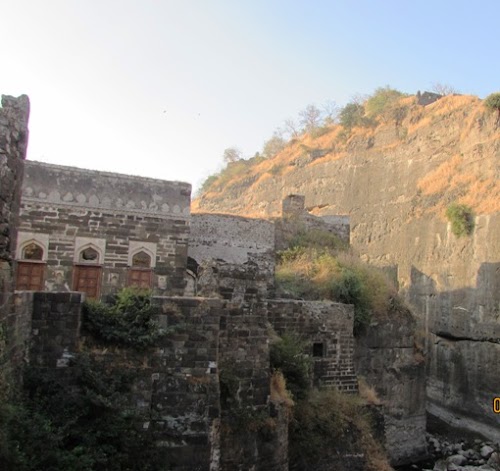
Daulatabad Fort
Daulatabad Fort, also known as Devagiri, is a magnificent 14th-century fortress located near Aurangabad. It stands as a testament to India's rich history and architectural prowess. Perched atop a conical hill, the fort offers panoramic views of the surrounding landscape. Its ingenious defense systems, including complex mazes, hidden passages, and strategic fortifications, made it virtually impregnable. Visitors can explore the various structures within the fort, such as the Bharat Mata Temple, Chand Minar, and the royal palaces, each showcasing a unique blend of Hindu and Islamic architectural styles. The climb to the top is rewarding, offering breathtaking vistas and a glimpse into the past.
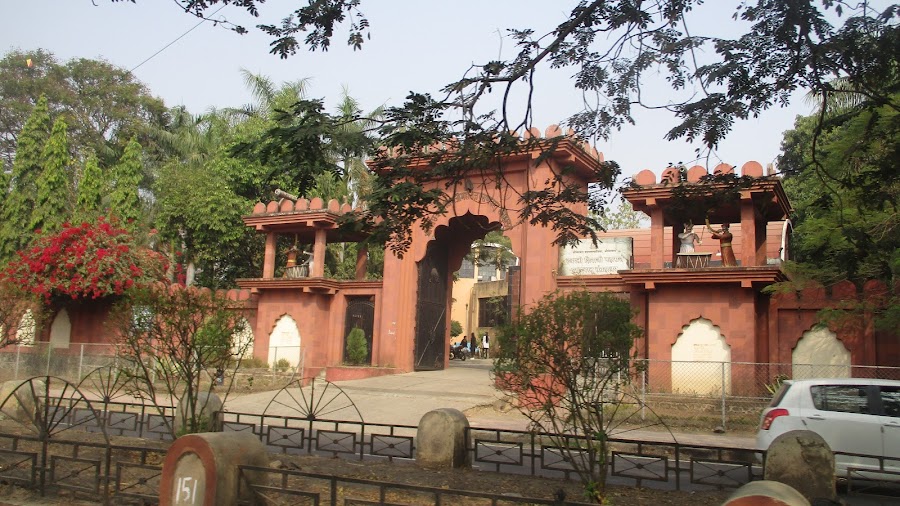
Chhatrapati Shivaji Maharaj Museum
The Chhatrapati Shivaji Maharaj Museum in Aurangabad is a treasure trove of Maratha history and culture. Dedicated to the legendary warrior king, Shivaji Maharaj, the museum showcases a diverse collection of artifacts, including weaponry, armor, paintings, manuscripts, and personal belongings of the Maratha ruler and his era. Visitors can explore the exhibits to gain insights into Shivaji Maharaj's life, his military strategies, and his contributions to the region. The museum provides a glimpse into the rich heritage of the Maratha Empire and its significance in Indian history. It's a must-visit for history enthusiasts and anyone interested in learning about the Maratha legacy.
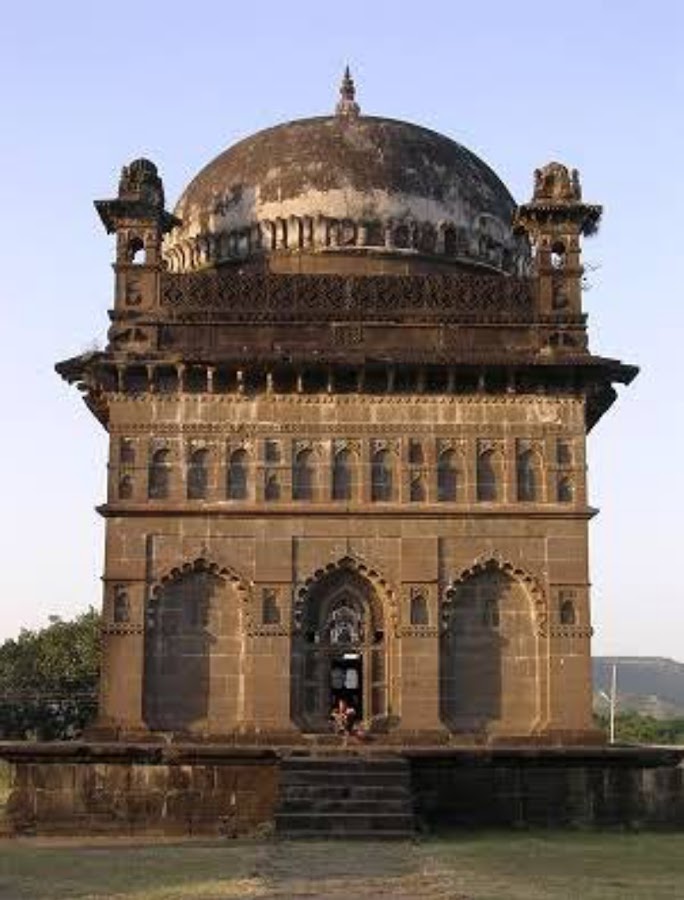
Khuldabad
Khuldabad, also known as the 'Abode of Eternity,' is a historic town located near Aurangabad, Maharashtra. It is renowned for being the final resting place of several Sufi saints and Mughal rulers, including Emperor Aurangzeb. The town is enclosed by fortified walls with seven gates, reflecting its historical significance. Khuldabad offers a serene and spiritual atmosphere, attracting visitors interested in history, architecture, and Sufism. The intricate tomb designs, peaceful ambiance, and panoramic views from the walls make it a worthwhile destination. It provides a glimpse into the rich cultural and religious heritage of the Deccan region.
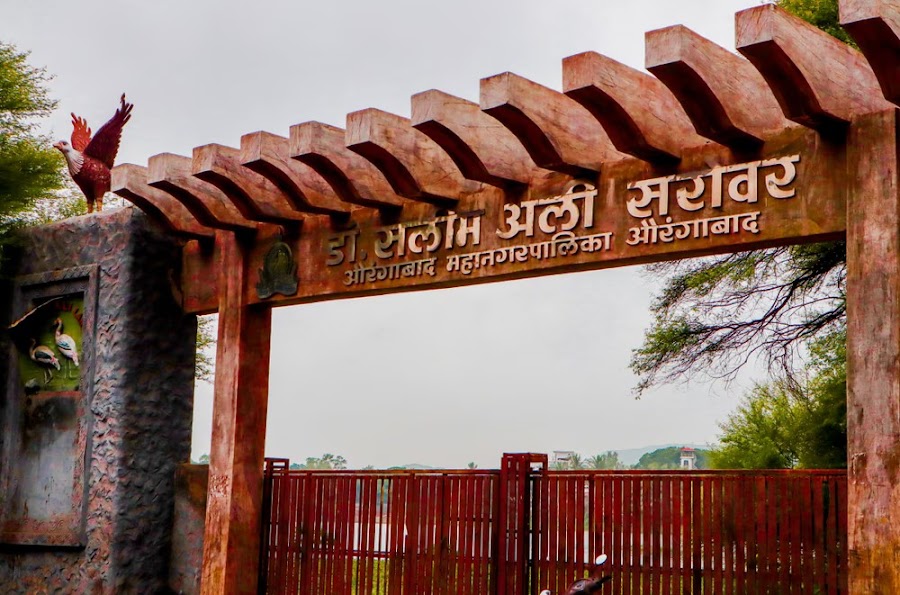
Salim Ali Lake
Salim Ali Lake, also known as Salim Ali Sarovar, is a serene and picturesque lake located in Aurangabad. Named after the renowned Indian ornithologist Salim Ali, the lake is a haven for birdwatchers and nature enthusiasts. Its calm waters reflect the surrounding lush greenery, creating a tranquil atmosphere perfect for relaxation and escaping the city's hustle. The lake attracts a variety of migratory birds, especially during the winter months, making it a prime spot for birdwatching. Visitors can enjoy leisurely walks along the paved pathways surrounding the lake, taking in the scenic views and enjoying the fresh air. The well-maintained gardens and seating areas provide ample opportunities to unwind and appreciate the natural beauty of the area. A small boating facility is also available, offering a different perspective of the lake and its surroundings.
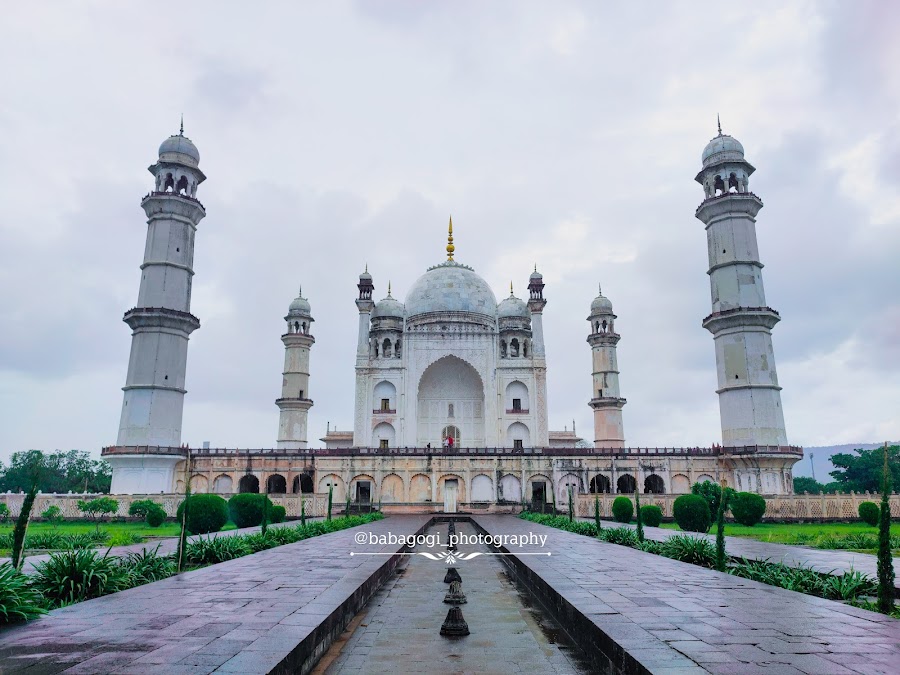
Bibi Ka Maqbara
Bibi Ka Maqbara, often referred to as the 'Taj of the Deccan,' is a stunning mausoleum in Aurangabad, India. Commissioned in 1660 by Prince Azam Shah in memory of his mother, Dilras Banu Begum, the first wife of Emperor Aurangzeb, it bears a striking resemblance to the Taj Mahal. While not as grand or intricately detailed as its Agra counterpart, Bibi Ka Maqbara possesses its own unique charm. The monument features a central dome, four minarets, and lush gardens, all designed to create a serene and beautiful final resting place. Visitors can explore the main tomb, admire the Mughal architecture, and stroll through the gardens, offering a glimpse into the architectural prowess of the Mughal era and a poignant reminder of a son's love for his mother.
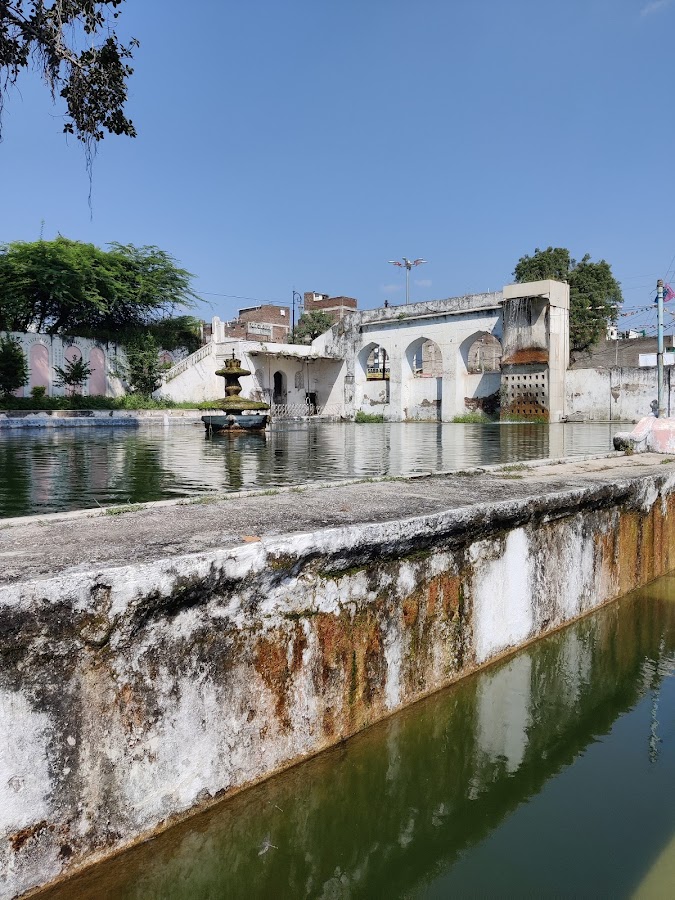
Panchakki
Panchakki, also known as the Water Mill, is a 17th-century engineering marvel located in Aurangabad. It showcases the ingenuity of medieval Indian engineers in harnessing water power. The complex features a mosque, a madrasa, a kacheri, a minister's house, a garden, and a mesmerizing water mill. The highlight is the underground water channel that carries water from a distant spring, powering the mill to grind grain. The serene atmosphere, the historical significance, and the beautiful architecture make Panchakki a must-visit destination in Aurangabad. It offers a tranquil escape from the city's hustle and bustle, providing a glimpse into the region's rich cultural and technological past. The well-maintained gardens and the soothing sound of flowing water add to the overall charm of the place.